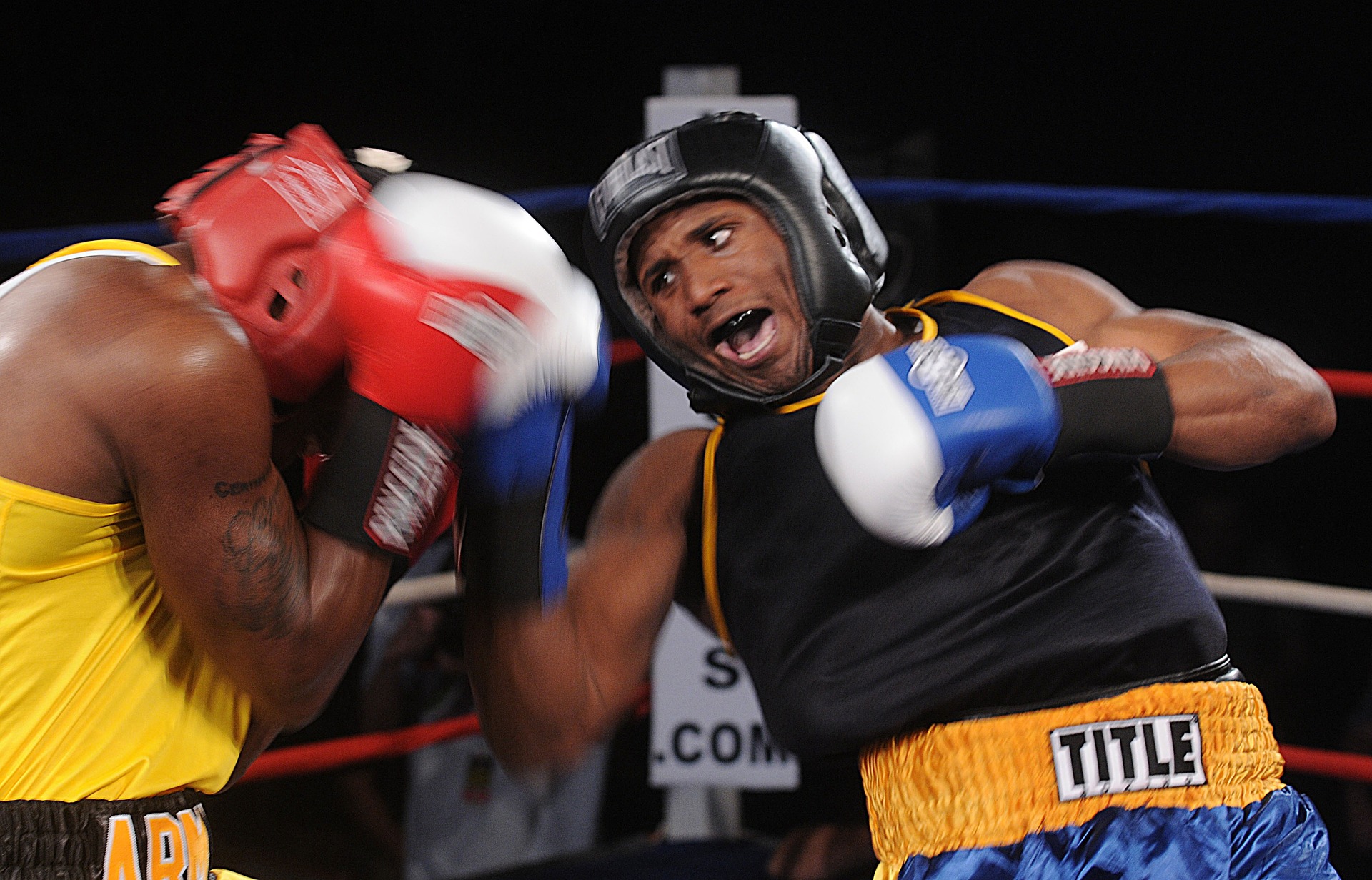In Kempo Karate classes, a common question that arises is about practicing the left-sided versions of techniques. Why do we primarily focus on techniques against an orthodox (right-handed) attacker? Is this approach realistic for real-world self-defense? The short answer is, “It’s not entirely realistic, and we should practice our material on the left side as well.” But let’s delve deeper into the reasoning behind our training methodology.
The Right-Sided Foundation
There is a logical progression in learning martial arts techniques, starting with the right-handed versions. The primary reason for this is simplicity and efficiency in the learning process. Most beginners find it challenging to learn complex movements, and introducing both sides simultaneously can complicate the learning process, slowing overall progress. Coordination is a skill that needs to be developed gradually. By focusing on mastering one side, students can achieve smooth and effortless execution of techniques. Once proficiency is attained on the right side, transitioning to the left becomes more manageable.
Building Real Self-Defense Skills
When you start self-defense training, you embark on a journey toward comprehensive self-defense capabilities. However, after a few months of training, developing a false sense of security is easy. At this stage, you possess only limited techniques for specific situations. Think of your left and right sides as weapons. Is it better to have two unloaded guns or one fully loaded gun? By mastering one side first, you ensure you have a reliable and effective tool.
The Value of Patience in Training
Worthwhile achievements require time and patience in both martial arts and life. Rushing through the learning process can lead to incomplete skills and hinder long-term progress. Students can refine their right-sided techniques thoroughly by staggering the introduction of left-sided techniques across different ranks. This approach allows for a more seamless transition to left-sided techniques without compromising the effectiveness of the right side. Additionally, having a strong reference point in your right-handed technique helps ensure accuracy and consistency when learning the left side.
The Challenge of Learning Both Sides
From my experience as an instructor, learning both sides simultaneously can often lead to confusion. Enthusiastic students may start a technique on the right side only to unintentionally switch to the left side midway. The brain needs time to process and internalize the movements. This is why we encourage students to focus on one side at a time, ensuring solid mastery before moving on to the other side. Don’t worry; we will train the left side and transform you into a southpaw.
Encouraging Home Practice and Experimentation
We always encourage students to practice at home and experiment with techniques. If you find that practicing the left-sided techniques at home helps, by all means, continue to do so. However, if you notice that this experimentation is degrading your right-sided technique during class, it might be wise to take a step back and revisit it later. Progress is often better achieved with a structured approach.
Advanced Training and Black Belt Mastery
Students typically develop enhanced learning skills and coordination at the Black Belt level, enabling them to learn both sides more quickly. While the same principles apply, the impact of practicing both sides simultaneously diminishes at this advanced stage. When you reach First Degree Black Belt, you have a deeper understanding of Kempo, and learning both sides becomes more intuitive. However, the advice remains to avoid rushing your left-sided techniques while ensuring they are not neglected.
Balancing Your Repertoire
Ultimately, mastering both sides of your techniques is essential for a balanced repertoire as a martial artist. It ensures you are prepared for real-world situations and enhances your overall effectiveness. Don’t rush through your training; don’t neglect the importance of developing both sides of your techniques.
What do you think about this training concept? Share your thoughts and experiences with us. If you’re ready to take your martial arts training to the next level and develop a well-rounded skill set, join our classes at Golden Leopard Kempo. Enroll today to start your journey toward mastery and balanced training. Visit our website or contact us to book your first class. Don’t wait—start refining your skills now!



